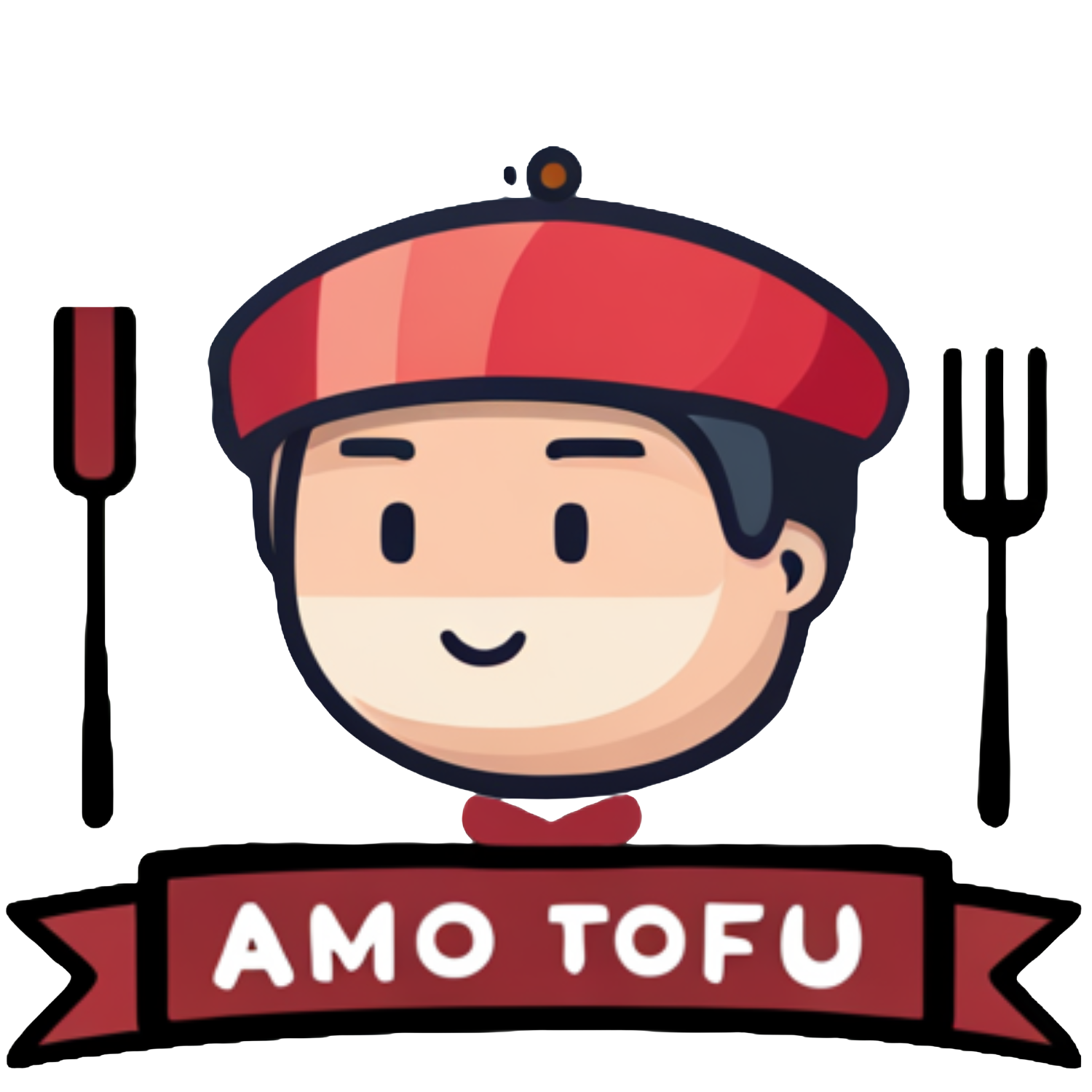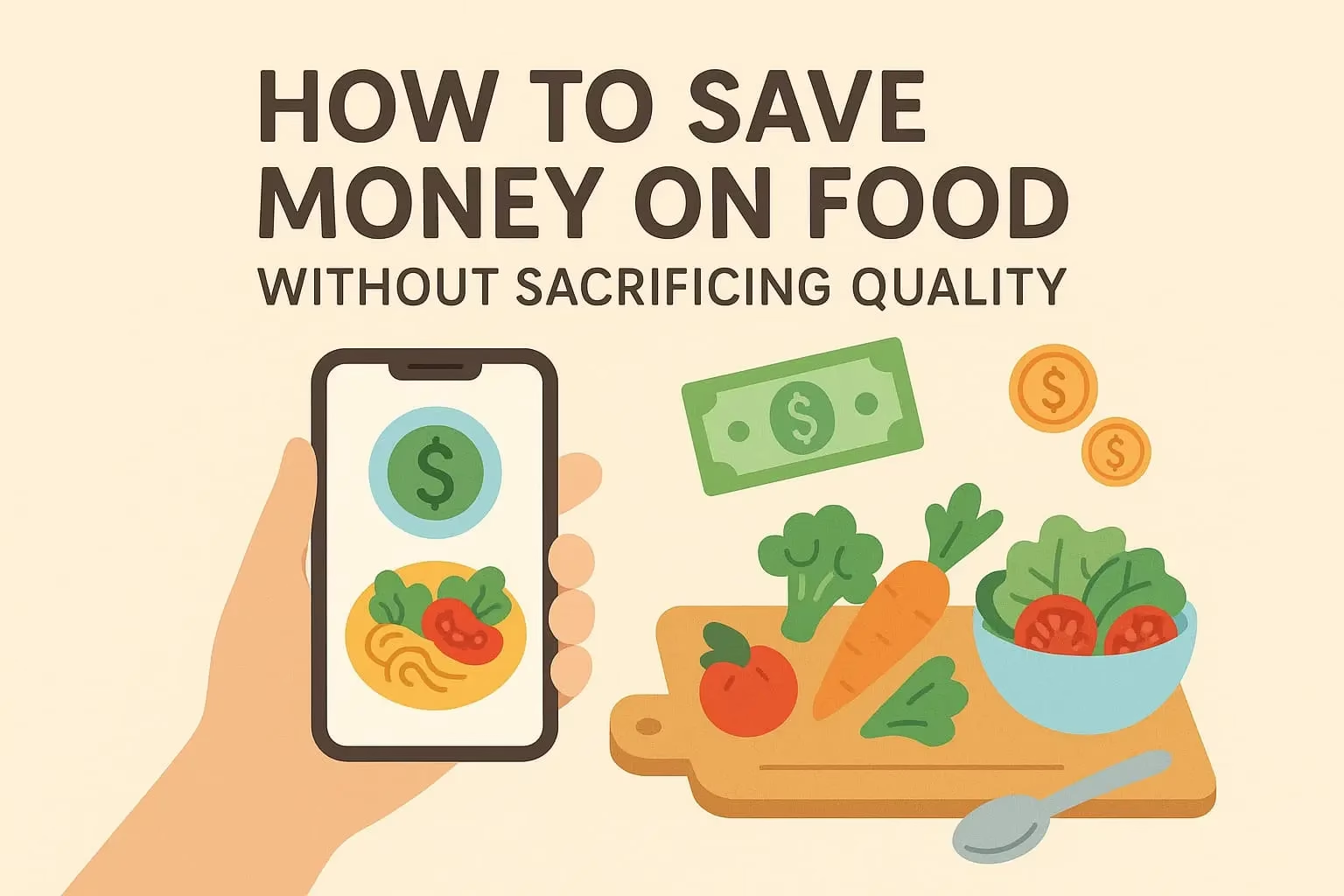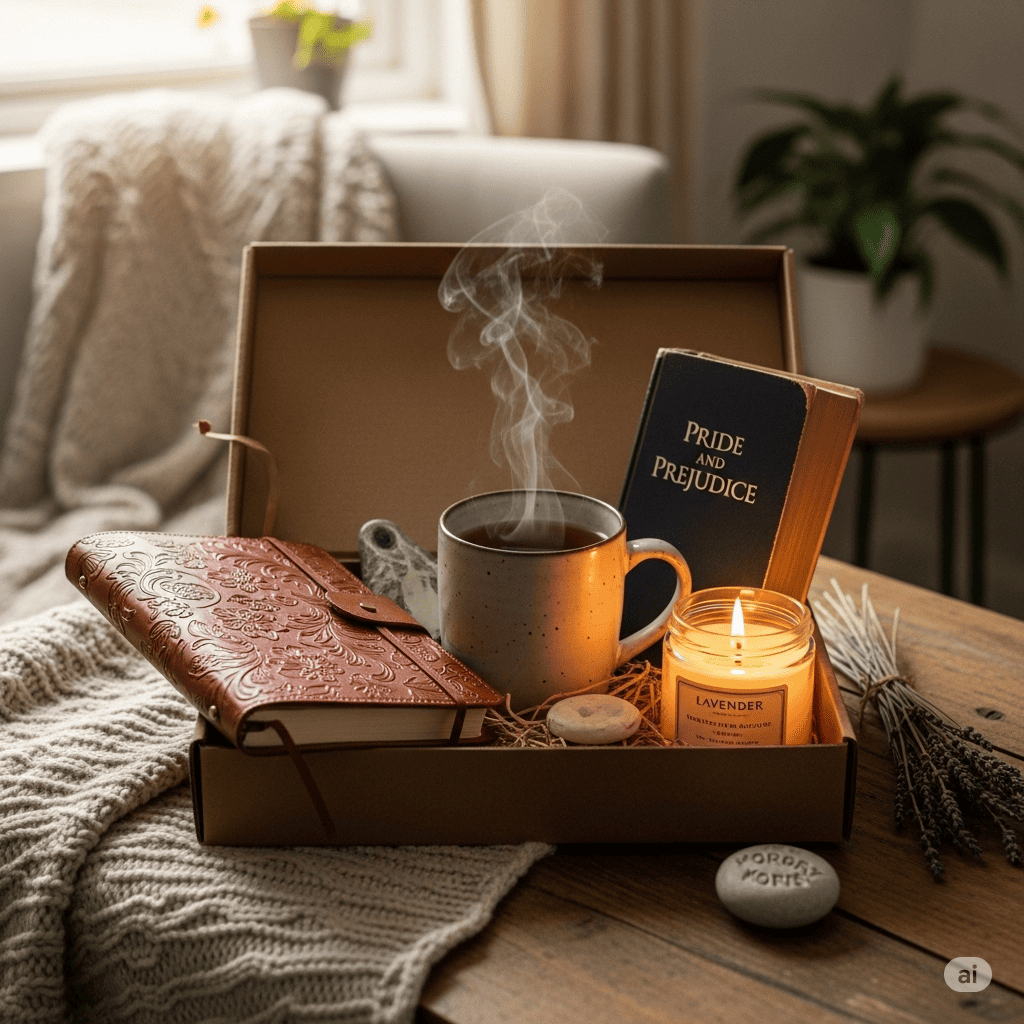You wouldn’t go hiking without a first-aid kit for cuts or blisters. So why go through life without tools for the emotional wounds that inevitably happen?
Whether it’s a stressful day, a conflict, anxiety, grief, or just feeling emotionally overwhelmed — you deserve quick-access support. That’s what an emotional first-aid kit is: a collection of personalized tools, reminders, and comforts to help you feel safe, grounded, and cared for when you need it most.
In this article, you’ll learn how to build your own emotional first-aid kit — one that fits your life, your needs, and your version of extreme self-care.
What Is an Emotional First-Aid Kit?
An emotional first-aid kit is a tangible or digital set of resources you can turn to when you’re feeling low, overwhelmed, anxious, or disconnected.
It might include:
- Comforting items
- Calming techniques
- Supportive reminders or affirmations
- Things that ground you in the present
- A plan for what to do when emotions feel too big
Think of it as emotional scaffolding — something that holds you up when everything else feels shaky.
Why You Need One
Even when you’ve done a lot of healing, hard moments still come. And in those moments, it’s easy to forget what helps.
A well-prepared emotional kit:
- Helps you feel less alone
- Reduces panic, confusion, or emotional spiraling
- Restores your sense of inner safety
- Gives you structure when your brain can’t think clearly
- Encourages self-kindness instead of self-sabotage
This is not weakness — this is wisdom. Preparation is power.
How to Build Your Emotional First-Aid Kit
You can keep it in a box, a drawer, a pouch, or a digital folder — whatever works for you. The key is that it’s easy to access and filled with things that truly help you.
Let’s build it in sections:
1. Soothing Items for the Senses
These help you regulate your nervous system through touch, smell, sound, and more.
Ideas:
- A soft blanket or cozy socks
- A calming essential oil (lavender, chamomile)
- A warm herbal tea bag
- A scented candle or incense
- A grounding stone or textured object to hold
- Noise-canceling headphones or calming playlists
The senses are your fastest route to the present moment.
2. Comforting Words or Affirmations
When your inner critic is loud, you need a counter-voice of compassion.
Include:
- A handwritten note to your future self: “You’ve survived this before.”
- Favorite affirmations: “I’m allowed to feel this.”
- A list of calming phrases or mantras
- Screenshots or printed messages from people who love or support you
- Lyrics, quotes, or poems that bring you peace
Words matter when your mind is at war with itself.
3. Grounding Tools and Exercises
When you’re spiraling, grounding brings you back to the here and now.
Include:
- Instructions for 5-4-3-2-1 grounding
- A simple breathing pattern (like 4-7-8 or box breathing)
- A body scan or somatic check-in script
- A grounding playlist with calming sounds
- A mini bottle of lotion or balm to apply slowly and mindfully
Keep these tools visible — you won’t always remember them in the moment unless they’re easy to find.
4. Distraction or Reset Tools
Sometimes, the best self-care is a gentle distraction until the emotion passes.
Ideas:
- A favorite movie or show (comfort, not intensity)
- A list of feel-good YouTube videos
- A creative outlet: coloring book, notebook, knitting
- A short podcast episode that soothes or uplifts
- A deck of journaling prompts or self-reflection cards
- A puzzle, word search, or fidget toy
This isn’t avoidance — it’s a pause that creates space to breathe.
5. Emergency Plan or List
In a moment of high stress or panic, your thinking brain shuts down. A written plan can help.
Include:
- A list titled: “Things That Help Me When I Feel This Way”
- Names and phone numbers of people you trust
- A list of things to avoid (social media, caffeine, doom-scrolling, etc.)
- A reminder of why you’re safe right now
- A grounding question: “What is the most loving thing I can do for myself in this moment?”
Even one helpful step can interrupt the spiral.
6. Photos and Symbols of Joy
Emotional first-aid isn’t just about surviving pain — it’s about remembering hope.
Include:
- Printed photos of people you love
- Pictures from a happy memory
- A small item or souvenir from a meaningful experience
- A photo of nature or a place where you feel peace
- A vision board of your healing journey or goals
Let these visuals remind you that there is more to your story than this moment.
7. Optional: Digital Version
You can also create a digital version in your phone or computer:
- A notes folder with your affirmations and emergency plan
- A locked photo album with calming images or messages
- A playlist titled “For Emotional Emergencies”
- Saved links to grounding meditations or calming videos
- Screenshots of kind texts or journal pages
The more accessible it is, the more likely you’ll use it when needed.
Tips for Using Your Emotional First-Aid Kit
- Keep it somewhere easy to reach
- Let trusted loved ones know about it (they can remind you to use it)
- Use it before things get extreme — as soon as you feel off
- Keep updating it as your needs and preferences change
- Make it yours — there are no rules
Final Thought: Preparing to Care Is a Form of Love
Creating an emotional first-aid kit isn’t about expecting bad things to happen. It’s about being your own safe place when life feels hard.
It’s how you say:
“When I feel broken, I won’t abandon myself.”
“I deserve care, even in my messiest moments.”
“My pain matters — and I’m worthy of support.”
So gather your tools. Fill your kit. And remind yourself:
You are never alone — not when you have your own love to return to.






